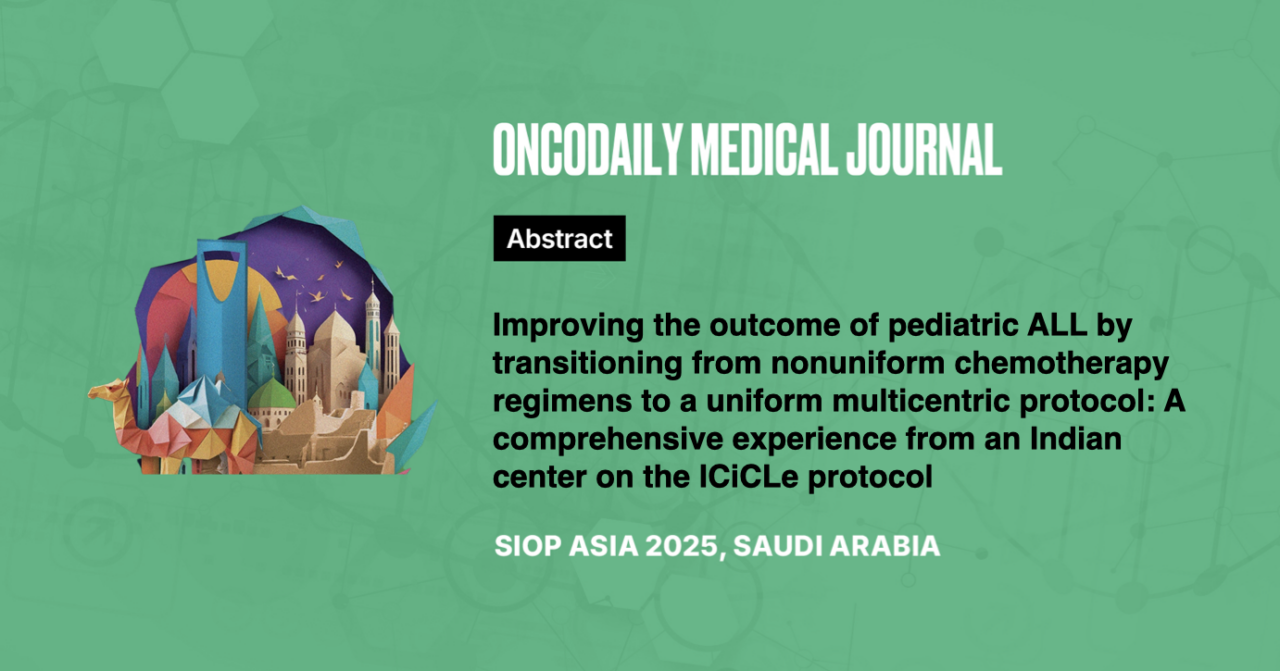Improving the Outcome of Pediatric ALL by Transitioning From Nonuniform Chemotherapy Regimens to a Uniform Multicentric Protocol: A Comprehensive Experience from an Indian Center on the ICiCLe Protocol
Abstract
Introduction: Although the five-year survival of pediatric acute lymphoblastic leukemia (ALL) exceeds 90% in high-income countries, outcomes in lower- and middle-income countries (LMICs), including India, remain inconsistent due to challenges, like: treatment abandonment, undernutrition, and therapy-related toxicity. To address these disparities, the Indian Collaborative Childhood Leukemia (ICiCLe) group developed a multicentric, risk-adapted protocol tailored for Indian settings.
Methodology: This retrospective, observational study from a single center evaluated outcomes of pediatric ALL patients treated before and after adopting the ICiCLe protocol. Patients were divided into two groups: those treated with various nonuniform protocols (Group 1: 2013–2014, before initiation of ICiCLe protocol) and those treated under the ICiCLe protocol (Group 2: 2015-2022). Additional adaptations made during the implementation of ICiCLe protocol included: outpatient management of febrile neutropenia, active patient-tracking during treatment, teleconsultation and socio-economic support. Outcome parameters included disease-free survival (DFS), overall survival (OS), minimal residual disease (MRD) and predictors of survival.
Results: Group 2 (n=356) had more high-risk patients than Group 1 (n=115) i.e. 44.1% vs 35.65%; which is also reflected in the minimal residual disease (MRD) positivity (9.1% vs 21.1%). Except for the T-ALL subset, the rest of the baseline characteristics were comparable for both groups. The three-year DFS and OS increased from 62.27(51.39-71.39) % and 62.84(53.04-71.16) % in Group 1 to 72.53(66.30-77.81) % and 74.51(68.56-79.50) % in Group 2, respectively. Predictors of improved survival included MRD response [HR=2.163(1.372-3.409), p=0.001] and adherence to use of uniform protocol [HR=0.642(0.427-0.964), p=0.033].
Conclusion: This study highlights the transformative potential of standardized, resource-adapted protocols in LMICs, demonstrating improved survival rates for pediatric ALL. While showcasing the benefits of standardized care, it highlights the need for ongoing adaptations and multicentric collaborations to meet the global standards in terms of survival in childhood ALL in resource-constrained settings.





